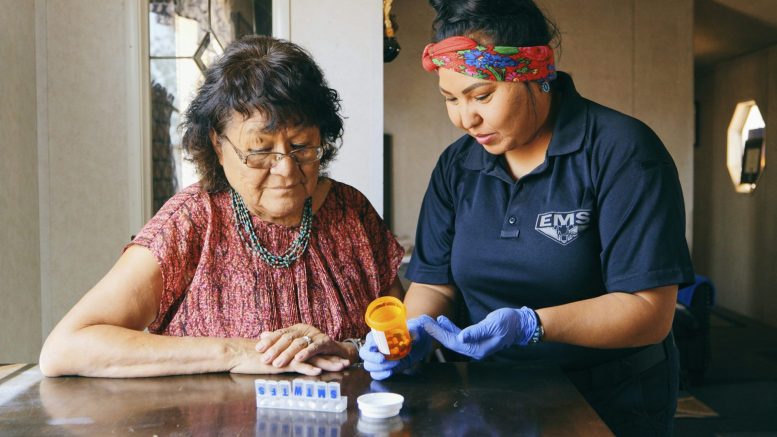Famous indigenous doctors in the United States play a significant role in medical practice, enriching it with their unique knowledge and approaches, which they pass on from generation to generation. These medical professionals not only overcame many barriers to successful careers, but also brought valuable traditional knowledge to modern medical practice.
A Bridge Between Tradition and Innovation: How Indigenous Doctors in the United States are Connecting Ancient Practices with Modern Medicine
James Hammondis one of these outstanding doctors. He is a member of the Cherokee Nation and is active in the study and practice of traditional medicine. Hammond is known for his contributions to the integration of traditional healing methods, such as herbalism and spiritual practices, with modern medical practice. His work in the medical field focuses on preserving the cultural heritage of indigenous peoples and adapting it to solve modern medical problems. Hammond is also involved in education, teaching young professionals how to incorporate traditional methods into their practice.
Katherine Johnson from the Navajo tribe is another prominent figure in medicine. She is a refresher physician and activist working in the field of Indigenous health. Johnson has dedicated her career to improving access to health care for the Navajo Tribe and other indigenous peoples, which includes creating mobile health clinics and conducting health campaigns in remote areas. Her work focuses on addressing health disparities and improving overall population health.

David Taylorfrom the Hopi tribe, he is a renowned mental health expert. He focuses on the traditional approach to treating mental illness, including the use of rituals and meditations that have been passed down from generation to generation in his culture. Taylor trains mental health professionals to use traditional methods when working with Indigenous people, helping them integrate modern and traditional approaches for more effective treatment.
George Gullott- A respected physician from the Lumbee tribe. He is a pioneer in the use of traditional medicine and natural remedies in combination with modern medical practices. Gullott has trained with both traditional healers and medical schools, allowing him to approach healing with a deep understanding of both traditional and modern methods. His research in herbal medicine and healing rituals led to the creation of several programs to integrate traditional knowledge into medical education and practice.
Marian Kerrfrom the Sioux tribe is known for her contributions to the development of body-based therapy and rehabilitation. She specializes in recovery from injury and illness using techniques that incorporate elements of traditional practices such as massage and manual therapy, combined with modern approaches to rehabilitation. Kerr also actively works to overcome barriers to access to health services for Indigenous people, providing support and education in areas where traditional knowledge can be particularly helpful.
Edward Longfrom the Cherokee Nation has significant experience in public health. He specializes in disease prevention and promoting healthy lifestyles in Indigenous communities. Long is active in educational programs aimed at increasing awareness of nutrition, exercise and mental health. He also actively partners with local governments and organizations to improve healthcare infrastructure in remote and underserved areas.

Charlotte Martinof the Sac and Fox Tribe, is involved in pediatric medicine and mental health. She actively uses traditional techniques and rituals to create a holistic approach to treating children and adolescents. Martin has developed several programs that incorporate traditional rituals and modern psychotherapies to support the mental health and emotional well-being of youth.
These doctors are examples of how rich cultural heritage and modern medical advances can be combined to create more effective and comprehensive treatments. Their work not only helps preserve Indigenous traditions, but also improves the quality of and access to health services for their communities.

